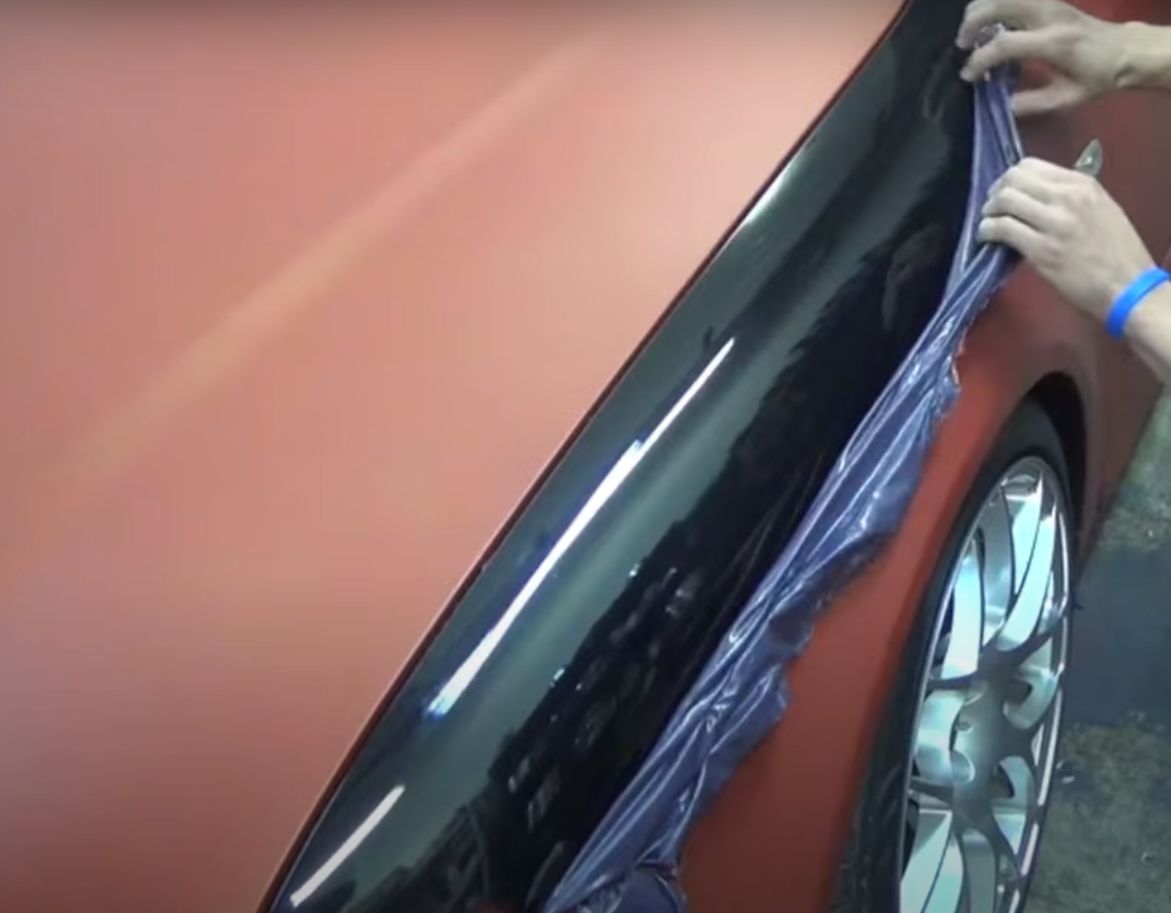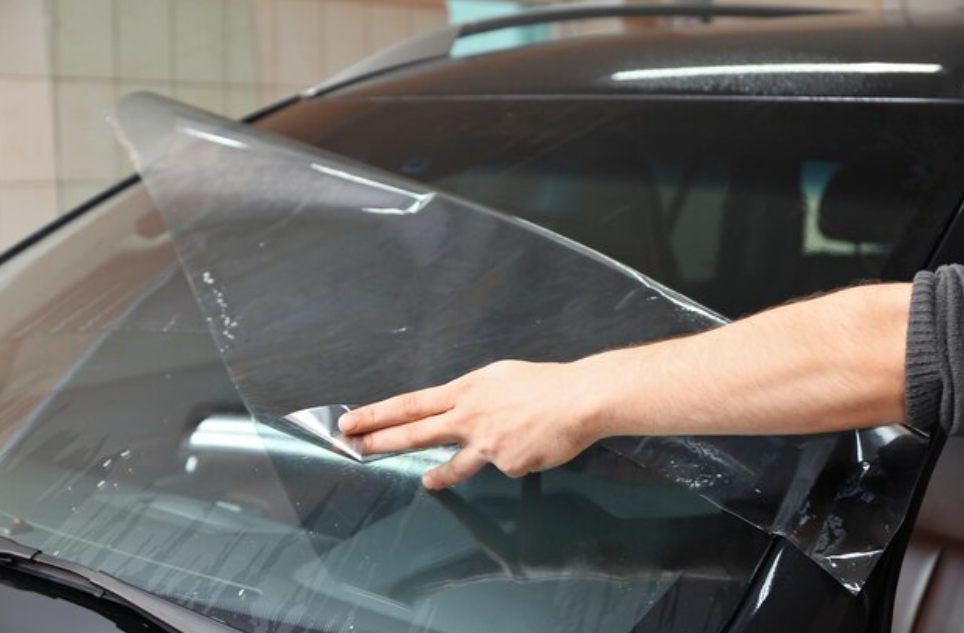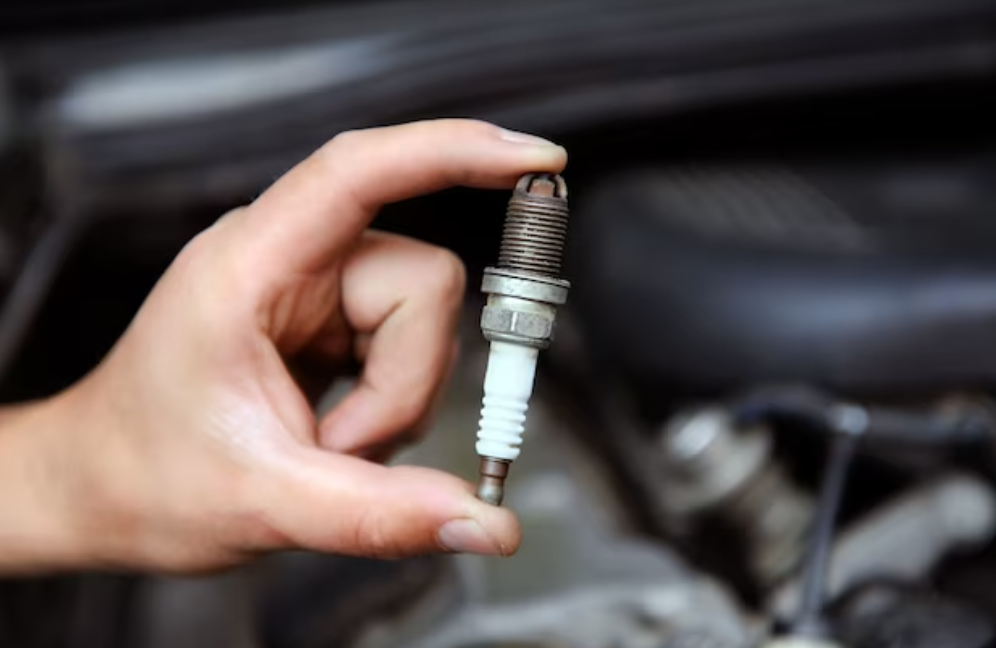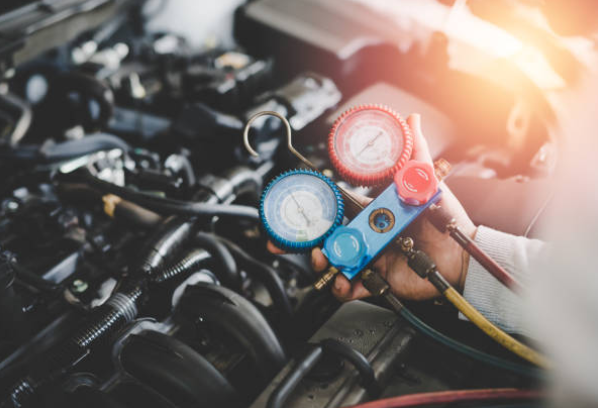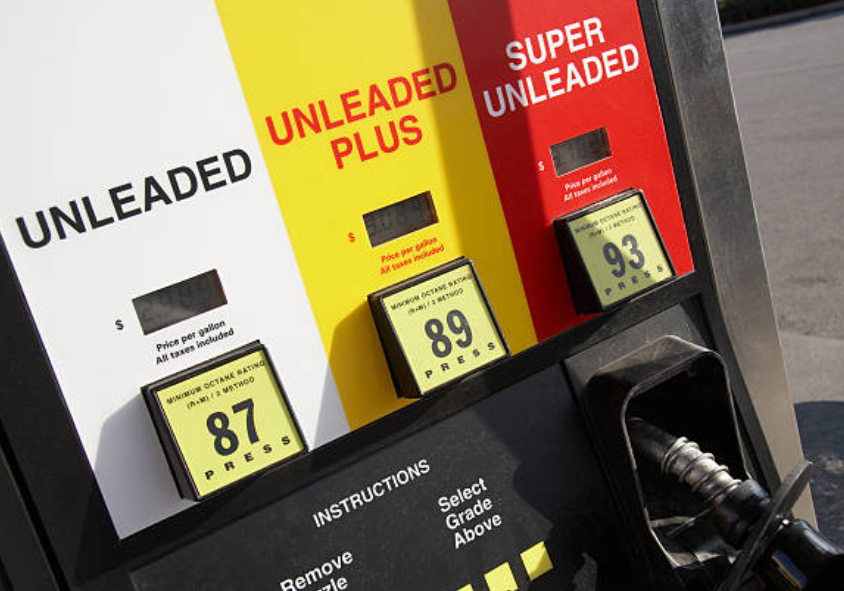How to Check if the Mileage Is Genuine When Buying a Used Car
Determining if the mileage shown on a car's odometer is accurate or has been tampered with is one of the top worries for purchasers in the used automobile market. Unfortunately, some vendors use the dishonest tactic of manipulating mileage to raise the worth and attractiveness of their cars. In order to assist you determine whether the mileage on a car is accurate and to enable you to make an informed decision when buying a used automobile, we will discuss many ways and tactics in this blog article.

Understanding Mileage Tampering
Mileage tampering is the practice of manipulating a vehicle's odometer to reduce the recorded mileage. This is done because lower mileage readings can increase a car's appeal and value, making it more attractive to potential buyers. There are many ways to manipulate a car's mileage, including rolling back the odometer or using software to change the recorded mileage electronically. In some cases, dishonest dealers may also replace the entire odometer or purchase a used one with a lower reading.
As a buyer, there are certain red flags to watch for when inspecting a used car. Inconsistencies with service records can be a common indicator of mileage tampering, as well as wear and tear that's not in keeping with the reported mileage. Other possible signs of tampering include mismatched screws around the odometer, crooked numbers, or scratches near the odometer. When inspecting a used car, it's important to look for these clues to avoid purchasing a vehicle with an incorrect mileage reading.
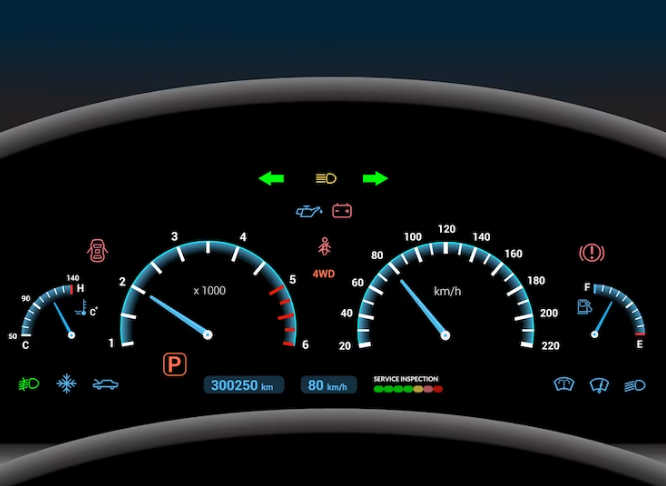
Service and Maintenance Records:
One of the first steps to ascertain the genuineness of a car's mileage is by examining its service and maintenance records. Legitimate mileage will be consistent with the vehicle's documented history. Review the service records for regular maintenance intervals, mileage-based repairs, and any discrepancies that might indicate tampering.
Physical Examination:
Performing a thorough physical inspection of the car can provide additional clues about its mileage authenticity. Look for signs of wear and tear on various components, such as the steering wheel, pedals, seats, and gear shift. An excessively worn-out interior might indicate high mileage, while a pristine interior on an older vehicle could be suspicious.
Odometer Tampering Indicators:
Modern vehicles often store additional information within their onboard computers. Check if the vehicle's digital odometer matches the readings displayed in other electronic modules, such as the engine control unit (ECU) or the body control module (BCM). Inconsistencies between these modules may suggest tampering.
Vehicle History Reports:
Obtaining a comprehensive vehicle history report is an essential step in the used car buying process. Services like Carfax and AutoCheck provide detailed reports that include information about the car's previous owners, accidents, and mileage readings from previous inspections. Any significant discrepancies in reported mileage should raise red flags.
Maintenance and Inspection Stickers:
Inspect the vehicle for maintenance and inspection stickers, such as oil change or tire rotation stickers, typically found on the windshield or door frame. These stickers usually indicate the mileage at the time of service. Inconsistent or missing stickers might suggest tampering.
Independent Mechanic Inspection:
Before finalizing a purchase, consider taking the vehicle to an independent mechanic for a thorough inspection. An experienced professional can examine the car's mechanical components, including wear patterns and indications of high mileage. They may also identify any signs of odometer tampering that an untrained eye might miss.
-
Can the mileage on a car be tampered with?
Yes, unfortunately, mileage tampering is a common practice in the used car market. Sellers may roll back or alter the odometer readings to make the vehicle appear to have lower mileage than it actually does.
-
Are vehicle history reports reliable for checking mileage?
Vehicle history reports, such as Carfax or AutoCheck, are generally reliable sources of information. However, they rely on reported data and may not capture every instance of odometer tampering. It's important to combine the report with other methods of verification for a more comprehensive analysis.
See another review here: The 10 Best Car Air Conditioning Cleaners For A Refreshing Drive


